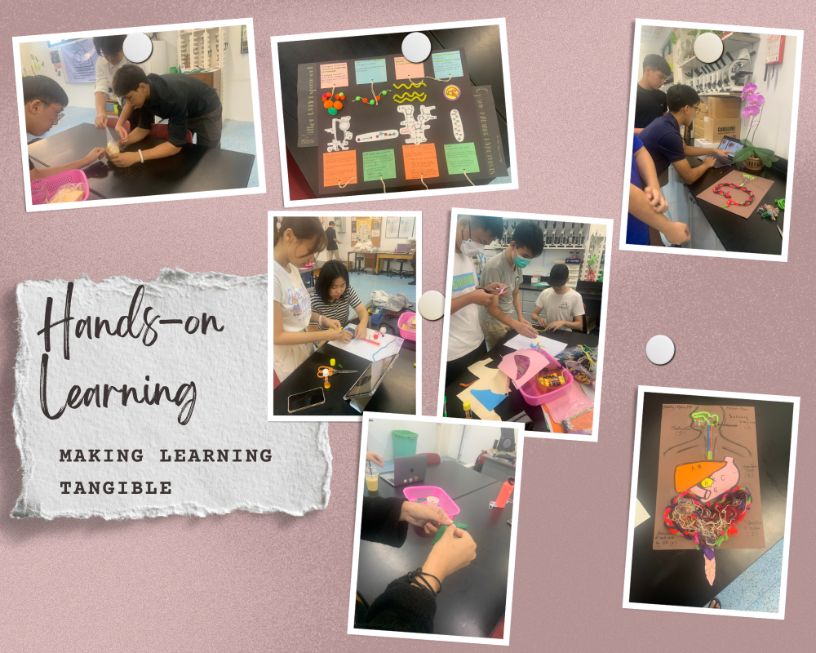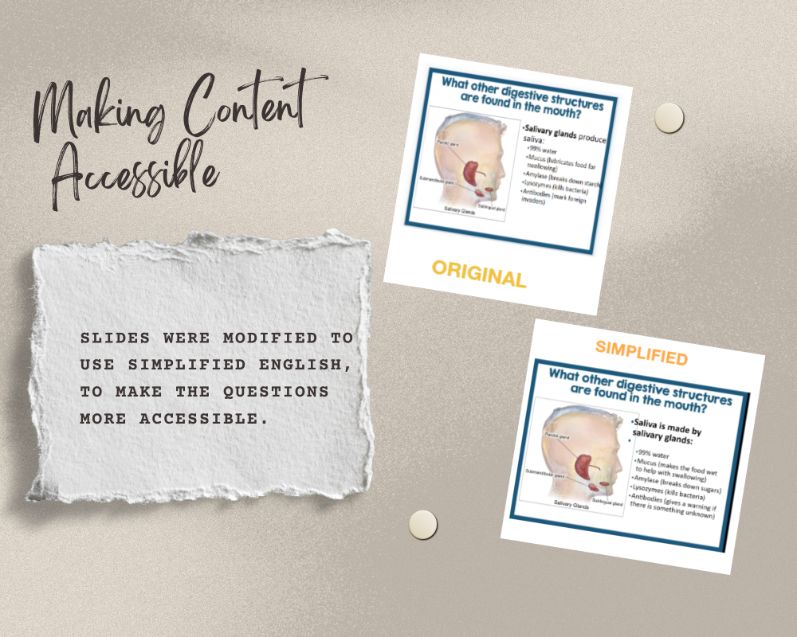
Differentiation means adapting teaching methods to reach all students regardless of skill level or learning needs. At ISY, in keeping with our compassionate Mission and strategic theme of inclusion, inclusive instructional practices are used to be sure each student maximizes their potential for learning. However, that does not mean separate lesson plans for every student. ISY Science teacher, Rentia Smith shares how she successfully differentiates in her classroom to meet the learning needs of all her students in her 10th, 11th and 12th grade science classes.
What drives you to practice differentiation in your classroom?
All work is differentiated because the students are at different places with their knowledge of the English language as well as different reading levels. Writing is difficult for some students, and for some verbalizing what they know is difficult. Science builds on itself. All children must have access. If they do not understand, they will not participate. Students already know if they are struggling. I want them to feel a part of the class. If they are questioning themselves, the vocabulary and/or the content they will not engage.
How do you start a lesson?
I start every new lesson or unit with the vocabulary. If students do not know the vocabulary they will not interact with their work. Through MAP testing, collaborating with the learning support teachers and through observation, I identify the students that need things simplified. Any assignment is simplified. I create 2 different slides in google classroom. There is the original slide and a simplified slide. To simplify the vocabulary I only have the important words to define the term. The skill and content are exactly the same for all students.
How do students share their knowledge?
Students get options. They can write, record, make notes and add a visual. Some love the video option. How a student presents doesn’t matter as long as they are showing the learning that is expected.


What does learning look like in your classroom?
It is a practical interactive class. They can build models to explain their understanding. There are many different materials available to build so the students can understand at a more concrete level; like taking a theory and making it tangible.
How do you see success in your classroom?
The children are passing. They have reached goals they have set. I also see the confidence in the students changing. Children are coming in early to have a chat. They feel comfortable.
There are many opportunities for students to collaborate. And I allow the students to choose their groups, but they can work on their own if they’d like. Students who are less confident tend to work by themselves. However, as they feel more comfortable I see them integrating into the groups. This is a sign of success. They are integrating and feeling more comfortable and confidnet.

Do you see some of the learning ISY Learning Attributes or Interdisciplinary Concepts being met through your approach?
Compassion: Showing compassion towards the students teaches them to be compassionate to themselves.
Connection: It is important that the students see the bigger picture and what they are learning has value when they are outside in the world. Connection between the teacher and student, and student to student is important as well.
Responsibility: It is a group effort. I can be available but they need to take responsibility for their learning. When they bring back something they learned or discovered when they were studying or researching, I will integrate that into our next lesson. Students feel they are contributing and valued.
The International School Yangon
20 Shwe Taungyar Street
Bahan Township
Yangon, Myanmar
+95 (0) 9 880 441 040
